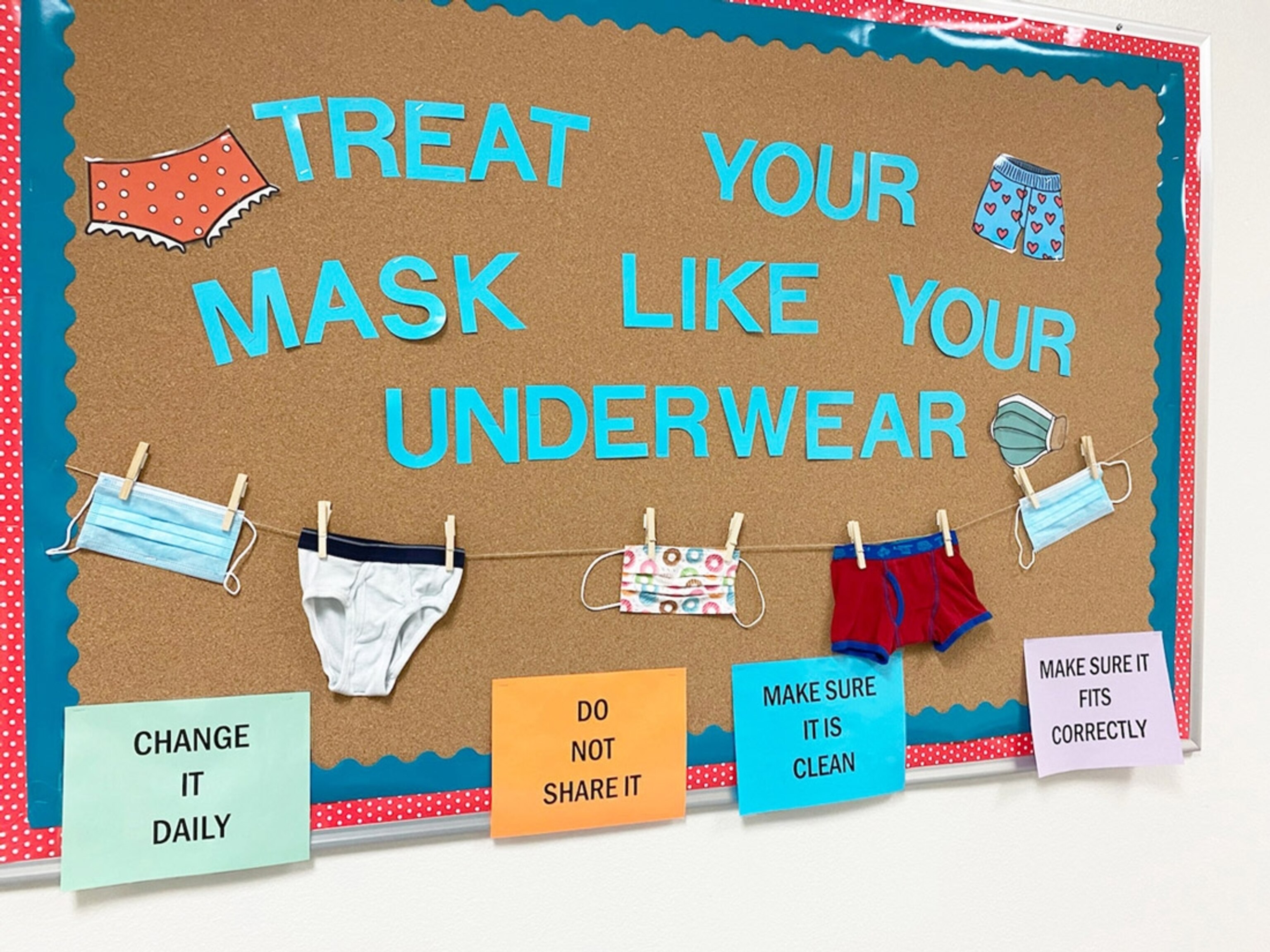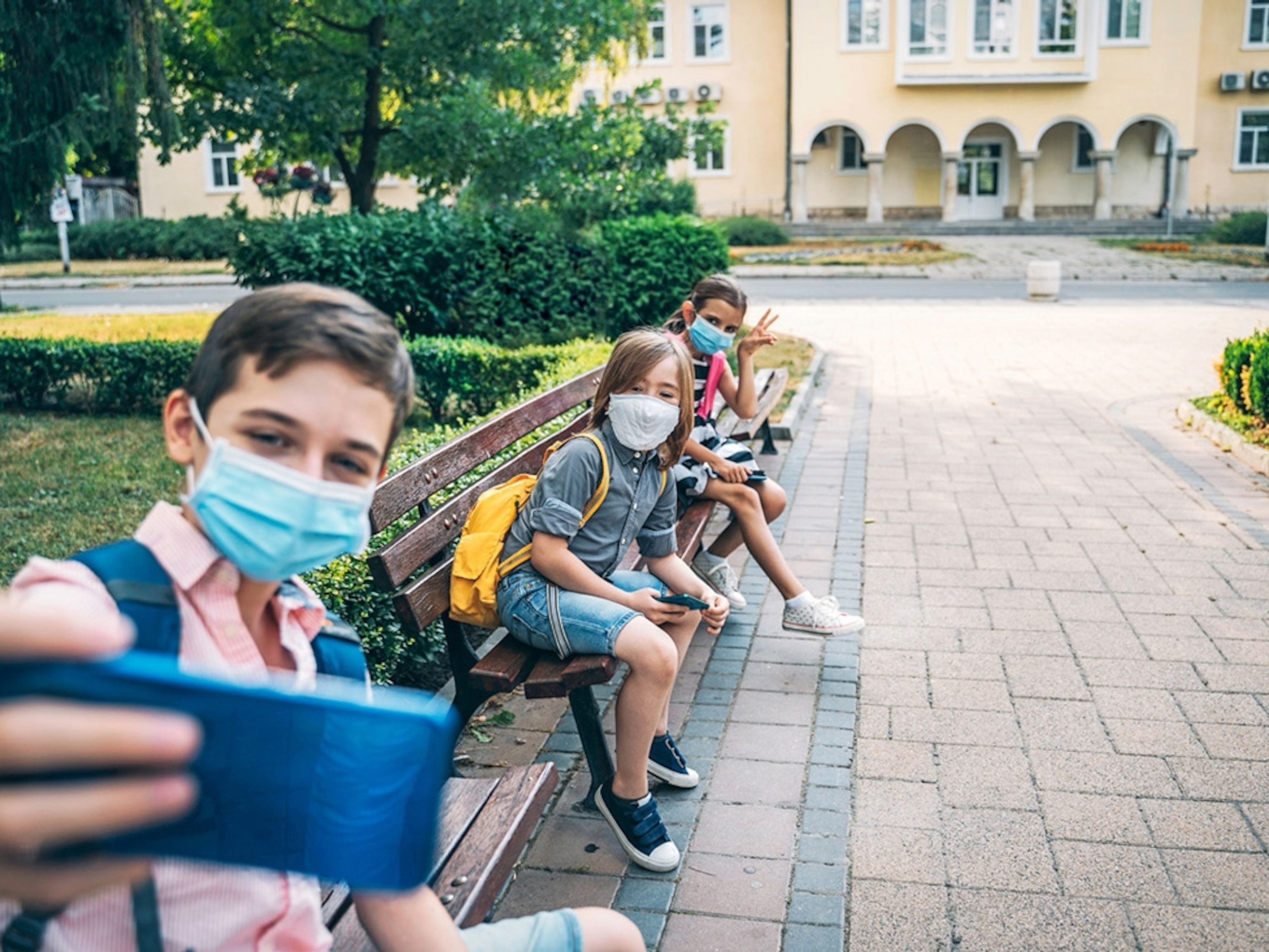
A ‘fake commute’ to school might be just what kids need
The trend for adults can also help provide a boost to children’s brains.
When the pandemic began, El Paso mom Elinora Price noticed a change in her two-year-old daughter. “She insisted on evening or morning neighborhood walks during those first months of full lockdown,” she says. “It seemed like she really needed to get out each day, or she would be off.”
And in fact, after those walks, her daughter was calmer and more positive. Then it dawned on Price: “She was in day care full time before the pandemic, so ‘getting out’ has been her routine since she was nine weeks old.” The toddler was recreating her morning and evening commutes.
Grown-ups have recently discovered what they’ve nicknamed the “fake commute,” ways to recreate the daily commute on purpose. That might sound crazy, but for many working adults, the commute was a daily ritual that allowed them to mentally switch roles between home and work.
When commutes went away, some adults started taking pre- or post-work walks or drives, claiming it helped them prepare for their day or feel more settled in the evening. And as Price discovered, grown-ups aren’t the only ones who can benefit from a fake commute.
“If a child studies from home, almost nothing in their environment reliably signals the transition to learning,” says Oksana Hagerty, an educational and developmental psychologist at Beacon College in Leesburg, Florida. “Commutes are one of those very powerful environmental stimuli that prepare the child for school, then help them transition from it.”
Experts think doing a fake commute can provide focus, calm, and even energy to kids who are learning remotely. And it takes just a few minutes each day to get real benefits.
What a commute does to kids’ brains
Ever insisted that your kids grab a power nap to reenergize? Well, a commute does something similar for kids’ brains.
“It’s actually a deactivation of the brain,” says neuropsychologist Wilfred van Gorp, director of the Cognitive Assessment Group in New York City. “If we were to do functional brain imaging, we’d see all kinds of bright lights and activity when the child is learning. When the child is on the school bus, talking to other kids and just having fun, the brain is much less active.”
That turns out to be a good thing. “We don’t want the lights on all day long, 24/7, because they’ll burn out faster,” van Gorp explains. "We want the lights a little dimmer sometimes, and that’s what’s happening in the brain.”
Providing the brain with downtime helps it recover from activity and recharge, which van Gorp suspects has something to do with the brain’s electrical activity. During states of wakeful rest—meaning we’re awake but not focused on anything too complex—our brains produce alpha waves, which help us relax and feel calmer. That restful state is likely what kids are experiencing during a low-stress commute, such as a walk or a bus ride—and what they might experience during a fake commute.
The fake commute can also help create a separation between school and home so that kids can associate home with fun and relaxation. “Our brain tends to build associations,” says Hilary Kratz, a child clinical psychologist and assistant professor of psychology at La Salle University in Philadelphia. “So when home becomes a place of schoolwork, it becomes hard to make it into a place of rest and unwinding.”
Outdoor fake commutes might even help regulate children’s sleep. “We’re seeing that kids who are inside all the time have their sleep thrown off,” Kratz says. “Activity early in the day, with exposure to sunlight if possible, can promote sleep at night.”
Finally, simulating a commute can give kids a general mood boost. “With the stress of the pandemic and restricted activities, kids are more prone to anxiety and depression,” Kratz says. “This can become a vicious cycle: Once people experience anxiety or depression, they start avoiding other activities that are pleasurable.” Having a fun, fake commute they can look forward to each day helps break this cycle.
How to do the fake commute
Van Gorp says 10 minutes or less is plenty of time to get the benefits of a fake commute. The key, experts agree, is making it into a routine. “It has to be a set thing that the child knows is going to happen and that they look forward to,” he says. (Read why experts are always recommending that parents create a routine.)
Some kids like a little variation, Kratz notes, so you could change up the activities—as long as they're predictable. “You could create a schedule, like Mondays and Wednesdays we take a walk, and Tuesdays and Thursdays we ride the bike,” Kratz says. Just aim for the same time each day if possible.
What happens afterward matters, too. “It’s important that the child have a designated place for their remote learning,” van Gorp says. Attending virtual classes in a consistent place each day signals to kids’ brains that it’s time for school. That way, they feel like they’re “commuting” to and from a classroom—even if they’re staying home.
Fake commute ideas
A daily walk or bike ride is great for clearing minds. But a fake commute doesn’t have to be the method in which kids once got to and from school—just a brief break.
Get up and go. If you can’t get outside, Kratz suggests switching on a song for a daily dance. (The whole family can do it!) “Physical activity boosts endorphins, which helps with sleep and mood,” she adds.
Do some good. A daily activity that helps someone else can give kids a sense of purpose, Kratz suggests. Doing a quick sidewalk sweep, walking the dog, or simply reading to a sibling can make kids feel good and promote self-esteem.
Fake the school bus. If your kid took the bus or carpooled with friends in the past, they might miss that social interaction. Van Gorp suggests a short, pre-school video call with kids from the old commute, creating an “imaginary school bus ride.” (No need to be in motion, though kids could try it while walking if it feels like fun.)
Do a ritual. A fake commute can be as brief as watering a plant each morning before classes start, giving kids a marker between home time and school time. Younger kids might enjoy dressing a toy each morning and changing it into play clothes after school.
Mimic your old commute. No, you don’t have to get in the car (though you can!). “Think about what you normally did with your child during the commute,” Hagerty says. “Did you talk? Did you stop to get coffee? Reproduce that: Grab your coffee, sit next to your child, and talk about your plans for the evening.”
Plan special time. Another idea for a fake commute—especially with younger children—is what Kratz calls “special time” with your kid. "That’s five minutes of playing with a child and following their lead,” she says. Afterward, “We find that children are happier and more independent throughout the day.”




